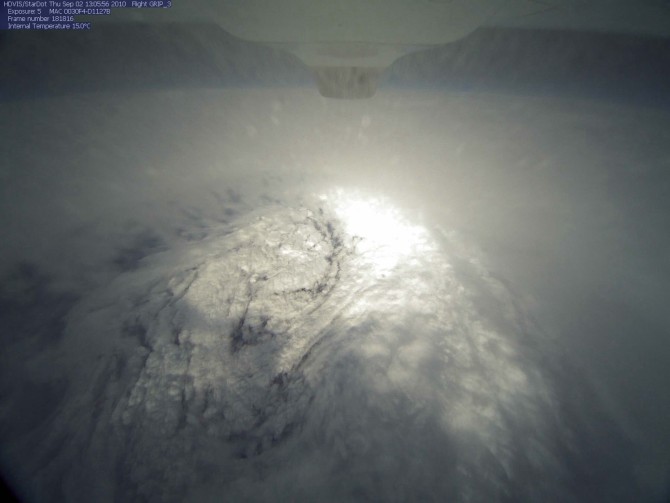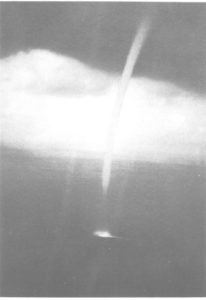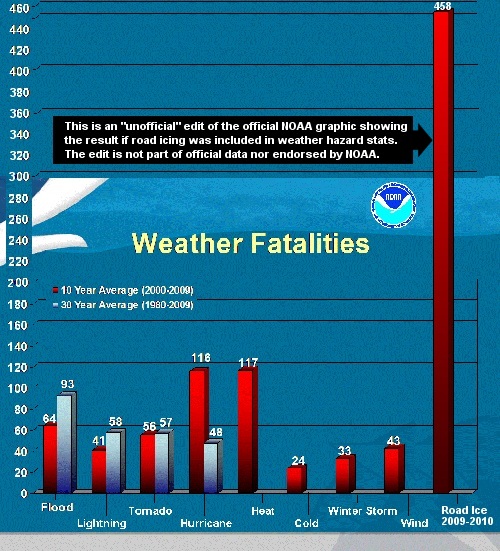by William Hooke, AMS Policy Program Director,
from the AMS Project, Living on the Real World
Reality: Disasters – that is, disruptions of entire communities, persisting after an extreme has come and gone, and exceeding a community’s ability to recover on its own – are largely a social construct. Consider this simple example. Meteorologists call a tropical storm a hurricane when its winds exceed some 75 miles per hour. The strongest hurricanes ever observed show wind speeds about twice this level, 150 mph, say. Physics tells us that the forces on buildings and structures should vary as the square of the wind speed (getting a little technical …). The strongest hurricanes therefore pack a wallop about four times that of the weakest; the area suffering hurricane-force winds also tends to be a bit bigger. But the damages from these largest storms may be 200 times as great. One contributor to this big difference? Building codes. These are county-based, and so vary somewhat across the 3000-some counties in the United States, but in hurricane-prone areas usually require that brick-and-mortar residential construction withstand wind speeds of about 120 mph – right in the middle of the hurricane-force wind range. [Manufactured housing, by contrast, is governed by a less-rigorous federal standard, which requires that such structures only maintain their integrity at wind speeds up to some 70-90 mph.] Change building codes, and you change this loss profile.
Alert! These are our choices, but they’re not necessarily bad choices. When it comes to building codes, we’re simply forced to set a realistic standard. Whenever we wish, we can elect to build homes that will withstand hurricane-force winds, or even the strongest tornadic winds, which might approach 300 mph. But these homes would be considerably more expensive. They might be built largely underground, looking more like World War II “pillboxes” than homes, with narrow slits for windows, etc. Remember, they have to bear up not just to the winds but also to the windborne debris: lumber, roofing, automobiles, etc. Most of us wouldn’t be able to afford them, and wouldn’t want to live in them even if we could. We prefer our views, the connection with the outdoors. So we build a safe room, or a storm cellar, and accept the remaining risk.
Building codes are but one example; here’s another – land use. Simply by choosing to build in the flood plain alongside rivers and on the coasts, we ensure that our future will be punctuated by repetitive loss. Build on an earthquake fault-line? Expect the same outcome. There’s much more to this topic. We’ll return to it down the road.
But, for now, let’s set it aside in order to introduce a more complicated notion. When we choose to urbanize – and over half the world’s population lives in cities now – we expose ourselves to other risks, and different kinds of risk at that. To live in cities requires critical infrastructure, ranging from the elevators that service high-rise buildings to networks of roads, sewage systems, water works, electrical grids, communications, financial services, health care, and so on. As a result, we’re now subject to outages of these systems, from whatever cause. An example from the Midwest flooding of 1993. The city of Des Moines, Iowa remained largely dry; only a small sliver of land
Read more



